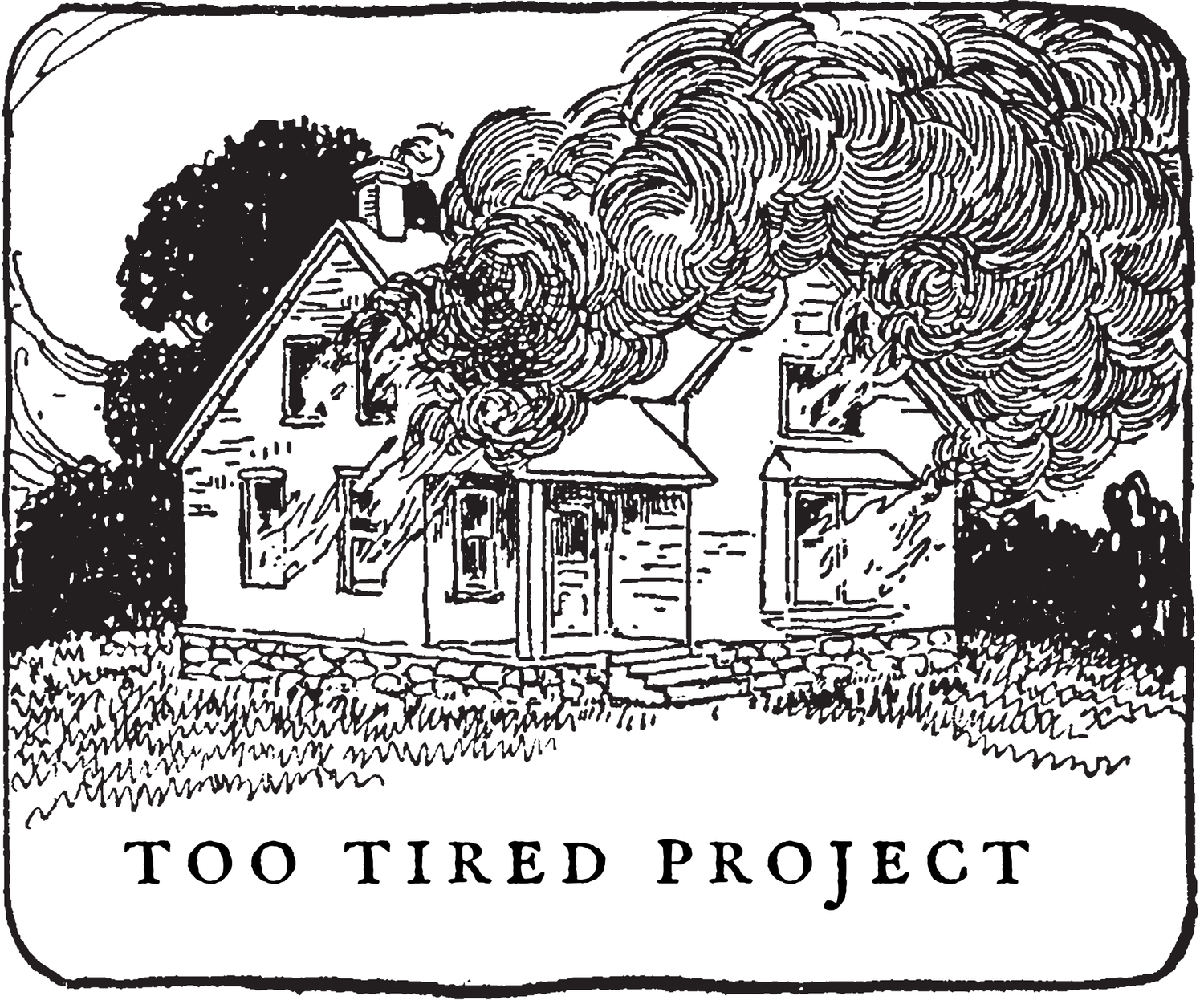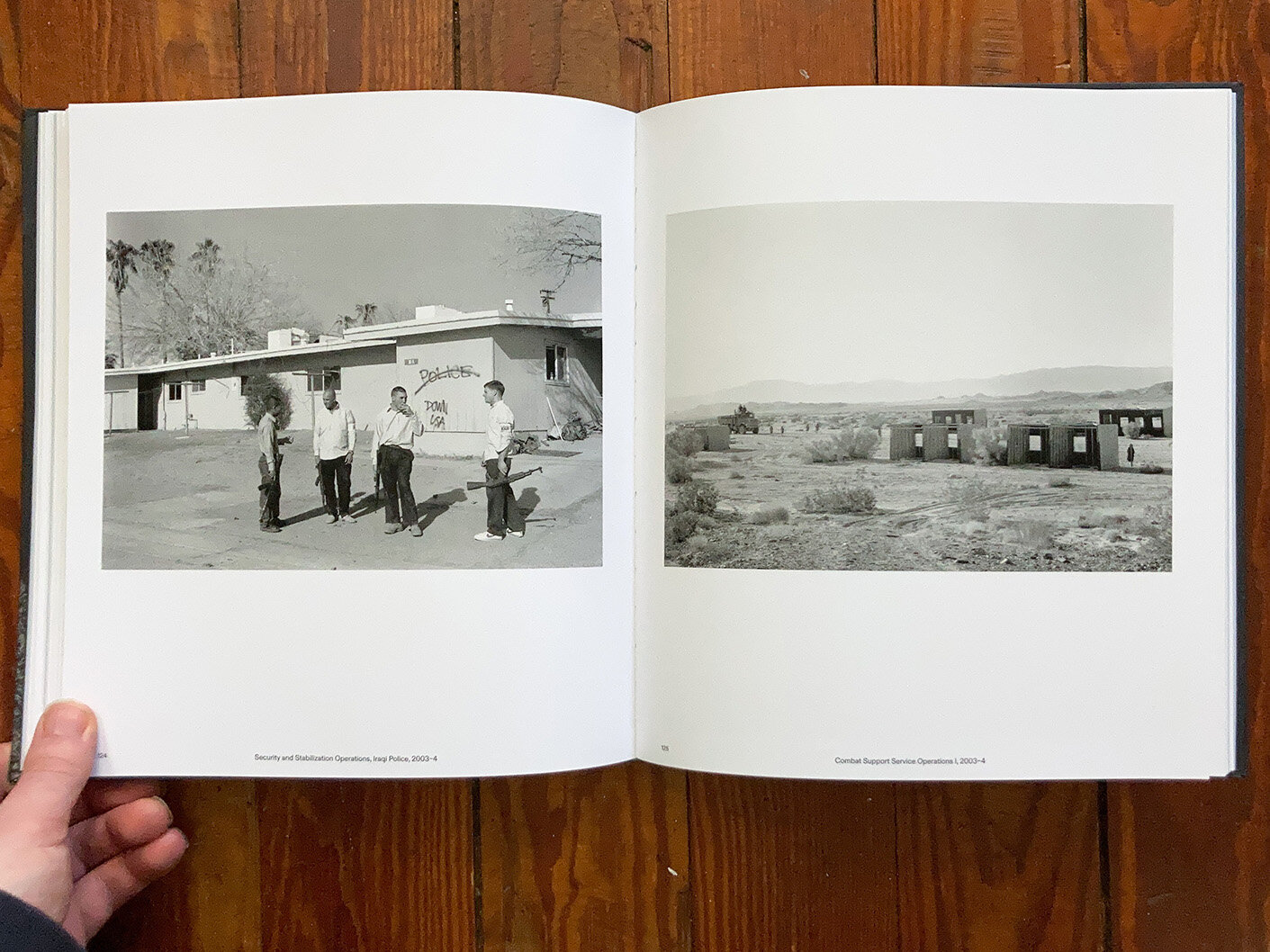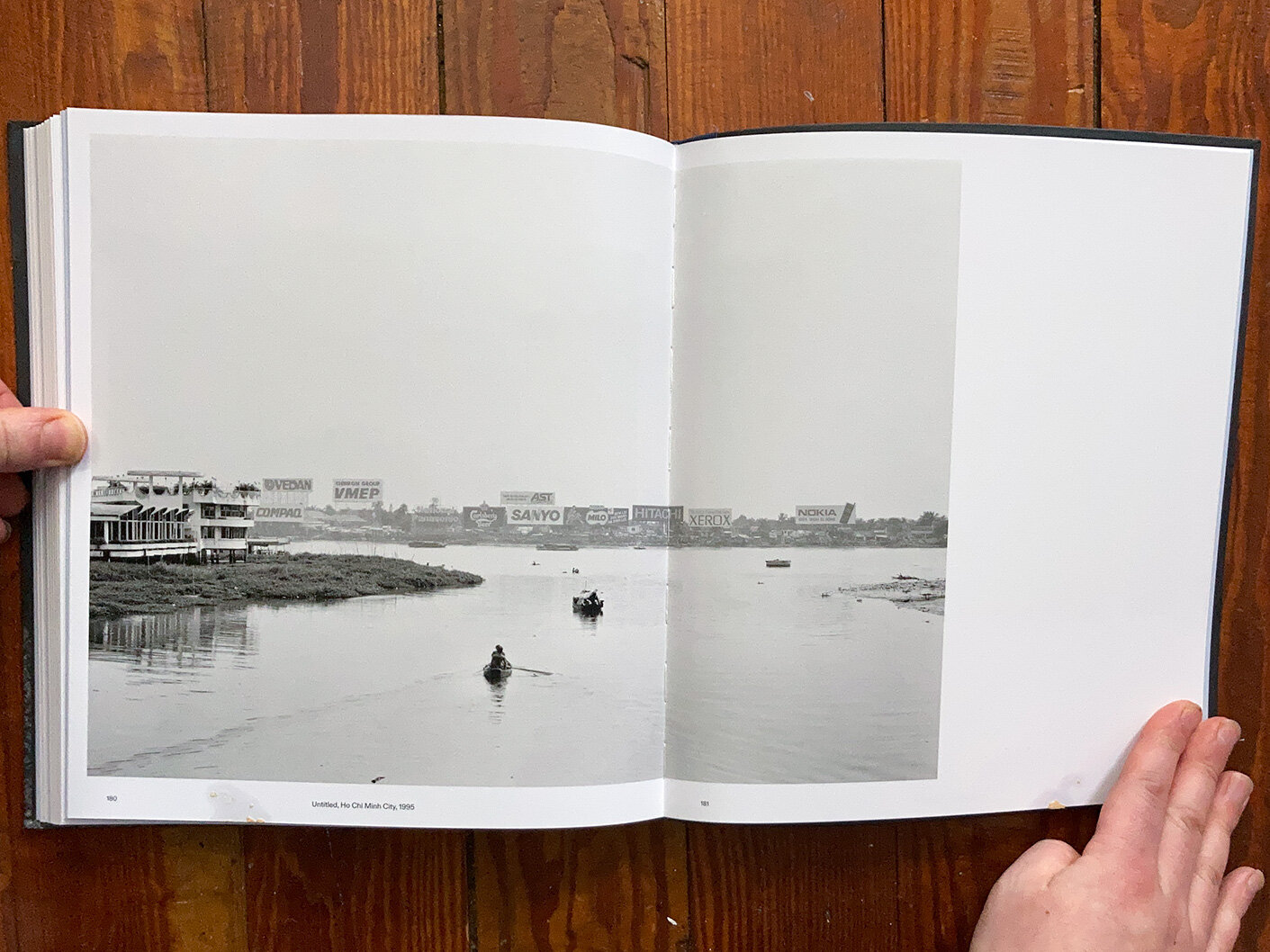Book Review: On Contested Terrain - Photographs by An-My Lê
On Contested Terrain - Photographs by An-My Lê
Authored by Dan Leers. Text by Lisa Sutcliffe and David Finkel. Interviewer Viet Thanh Nguyen. Interviewee An-My Lê.
Aperture, 2020 204 pp., 10.5" x 9.25"
Paperback with Softback cover
Review by Jon Bakos
I remember the first time I saw the photographs in An-My Lê's book Small Wars, sitting in my college library. I was captivated by the mystery of the black-and-white images of staged or re-created scenes of battle but unsure what I was seeing could be taken at face value. Working with a view camera, Lê has provided an inside look at military and conflict over the last thirty years and questioned the objectivity of photographs. This long-awaited survey in partnership with the Carnegie Museum of Art in Pittsburgh highlights a body of work that provides an experience that unravels over time.
Born in Saigon, Vietnam, in 1960 and eventually being evacuated to the U.S. as a teenager in 1975, Lê has looked at how war has manifested itself on the landscape in subtle and surprising ways. On Contested Terrain follows a reverse chronology with essays interspersed that provide additional context to Lê's working method. An introduction by Dan Leers and essays by David Finkel and Lisa J Sutcliffe illustrate how the medium of photography has been used from its very inception to display colonial exploits by its white colonizers and was used to promote manifest destiny. A hallmark of her work is how the military fosters its own identity and intertwines with her identity as a Vietnamese American.
Her work, Viêtnam, marked her first trips home to the country she grew up in but did not fully recognize. Hallmarks of her signature style of picture-making can be found, including expansive views, elevated viewpoints and individuals interacting in the landscape as she explores the agricultural and cityscapes of a country still scarred by decades of war. Lê's photographs provide a counterpoint to the directness of gruesome images beamed into American households by the news media and photojournalists. In one of the most striking pictures, western advertisements in the background frame a bending river in Ho Chi Minh City. In another image, we are shown well-maintained farmland within the village of Son Tay. We only learn later in a corresponding essay that it is the site of a former prison camp.
Small Wars involves Lê photographing and participating in staged reenactments of the Vietnam War in the American South. If the Viêtnam work provided a way to be witness, this body of work lead to an understanding of what it was like for North Vietnamese people who fought in the war. As if directed on a film set, the photographs are narrative with staggering attention to detail by the reenactors. Lê also consulted with an American military expert to ensure accuracy. The trees and brush of Virginia and North Carolina hark back to images of the American Civil War. Still, the munitions, artillery and uniforms of modern warfare seem out of place in such a landscape. The visual trick expands by using black-and-white as it refers back to those Civil War photographs and how it functions to outline trees and the sky. There are pictures of explosions, battle scenes , and in-between times of rest and planning. Lê's role as the maker is directly blurred by her active participation in the reenactments. In one image, she plays a sniper waiting to ambush oncoming soldiers, while in another picture, she is sitting on a tree stump being an interpreter with another reenactor. We wonder why these men reenact the Vietnam war in a region where the American Civil War and Revolutionary Wars are more common. Are they too acting out past demons?
29 Palms represented the first time Lê worked with combat forces at a desert training facility in San Bernardino County, California. Lê was unable to secure access to be embedded in the frontlines of the Iraq war. Still, the resulting photographs are more telling of the military than what could have potentially come out of the Iraq War, given the government's restrictive access for image-makers at the time. The resulting photographs present multiple questions; is this a battle, war games, training, or something in between? Tanks and artillery are rendered as miniature against Western landscapes. Simultaneously, photographs of staged buildings displaying fake graffiti with the words Good Saddam, Down USA, and Police crossed out are presented. In front, soldiers take a smoke break in a slightly humorous manner. However, much is unlearned about the soldiers who are about to embark on a foreign warzone. They seem mainly indifferent to the events surrounding them.
Next, Events Ashore represents nearly a decades-long project of work at sea with the U.S. Navy. The project makes visible a large arc of the military-industrial complex and the U.S. attempt to promote democracy worldwide and keep its cultural hegemony. Lê is careful not to fully take a pro-war or anti-war stance in her work but rather explore the methods by which the U.S. maintains its position around the world. This body of work was one of Lê's first forays into working in color. She describes it partly to differentiate between sea and sky as she reveals the exploits of missions abroad in a photograph of a naval ship in the Java Sea as naval men gaze out equally at the boats in front of them. No one person is greater than the other in this line of service. She turns her lens specifically to portraits of a woman in the military. In several photographs presented, Lê breaks with her standard framing of being elevated and pulled back to photograph groups of service members and solitary figures at work. The portraits are a far cry from the epic portraits of war in paintings and statues throughout history. One cannot help but wonder if the symbolism of the letter A painted on the Arresting gear mechanic's shirt harkening back to The Scarlet Letter.
Lê's most recent ongoing series, Silent General, is wide-ranging in scope and interest about how landscape can manifest history in the current political moment. Subjects, as varied as the U.S.-Mexico Border, protest, land use, worker rights, and the removal of confederate monuments, are presented. The General P.G.T Beauregard monument in New Orleans is photographed from behind a faded scrim as the sun sets and a car moves through a rotary. This set of images is complemented by two photographs from the filming of the Hollywood movie Free State of Jones. A grand battle scene happens before our eyes as we see the elements that it takes to put together the production as technical assistants operate the camera, boom mics, grip on set. Lê has gone to great lengths to illustrate how political theater and war are highly produced and mediated in this era.
This elegantly designed book is a joy to discover and rediscover. The world is disturbing and chaotic, but An-My Lê's photographs afford us to take a step back from the highly charged subject matter presented in front of her camera lens. Even after the destruction that the U.S. military laid on her birth country, she finds new ways to illuminate what is going on underneath the surface of conflict, whether at home or abroad.












